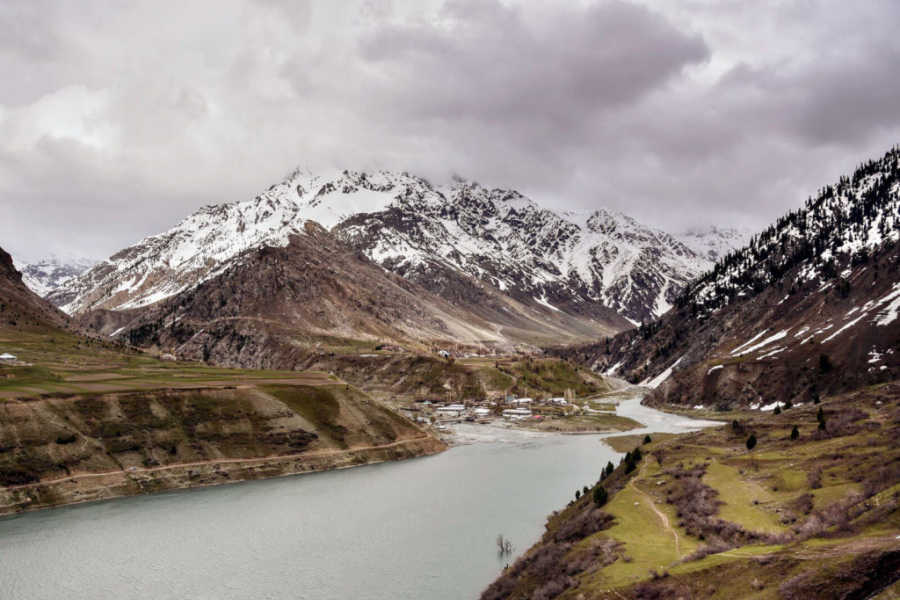Nestled amidst the towering peaks of the Himalayas, the Astore Valley is a hidden gem in the Gilgit-Baltistan region of Pakistan. This pristine valley is home to breathtaking landscapes, lush meadows, snow-capped mountains, glistening glaciers, cascading waterfalls, and turquoise rivers. Astore Valley is a true paradise for nature lovers, offering a wealth of opportunities for exploration and adventure. Embark on an unforgettable Astore Valley Tour Pakistan to immerse yourself in the beauty of this enchanting destination.”

FAQS:
Where is Astore in Pakistan?
The Store is located in the northern part of Pakistan, in the Gilgit-Baltistan region. It is situated in the Astore District, which is bordered by the Neelum District of Azad Jammu and Kashmir to the southwest, the Bandipore District of Indian-administered Jammu and Kashmir to the south, the Kharmang District to the southeast, the Skardu District to the east, the Roundu District to the northeast and the Gilgit District to the north.
Why is Astore famous?
Astore is famous for its breathtaking natural beauty, including snow-capped mountains, lush meadows, turquoise rivers, and cascading waterfalls. It is also a haven for adventure enthusiasts, offering a variety of trekking and mountaineering trails, including the Nanga Parbat Base Camp Trek and the Deosai National Park Trek. Additionally, Astore is home to a rich cultural heritage, with diverse communities such as the Shina, Wakhi, and Burusho people.
What is the geography of the Astore Valley?
The Astore Valley is a prolonged, narrow valley stretching approximately 120 kilometers. It is surrounded by high mountains, including Nanga Parbat, the world’s ninth-highest mountain. The valley is drained by the Astore River, which flows into the Indus River. The valley’s elevation ranges from 2,600 meters (8,500 feet) at the valley floor to over 5,000 meters (16,400 feet) at the peaks of the surrounding mountains.
What is the climate in the Astore Valley?
The climate of the Astore Valley is characterized by cold winters and mild summers. The average temperature in January is -10 degrees Celsius (14 degrees Fahrenheit), while the average in July is 20 degrees Celsius (68 degrees Fahrenheit). Precipitation is relatively low in the valley, with an average annual rainfall of around 300 millimeters (12 inches).
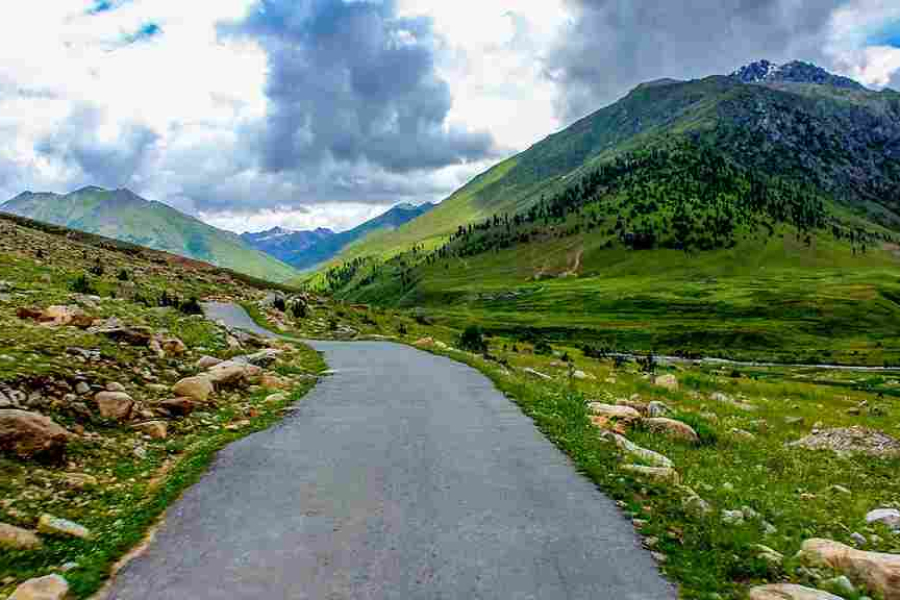
A Valley of Contrasting Landscapes:
The Astore Valley is a land of contrasts, where arid plains give way to rugged mountains, fertile meadows teem with wildflowers, and glaciers cascade down from lofty peaks. The valley is home to diverse ecosystems, from alpine meadows to lush forests, providing habitat for various wildlife.
A Haven for Mountaineersand Trekkers:
Astore Valley is a paradise for mountaineers and trekkers, with a network of trails that lead to some of the most spectacular peaks in the world. Nanga Parbat, the ninth-highest mountain in the world, dominates the valley’s skyline. Other notable peaks include Paiju Peak, Deosai Plateau, and Naltar Valley.
A Cultural Tapestry
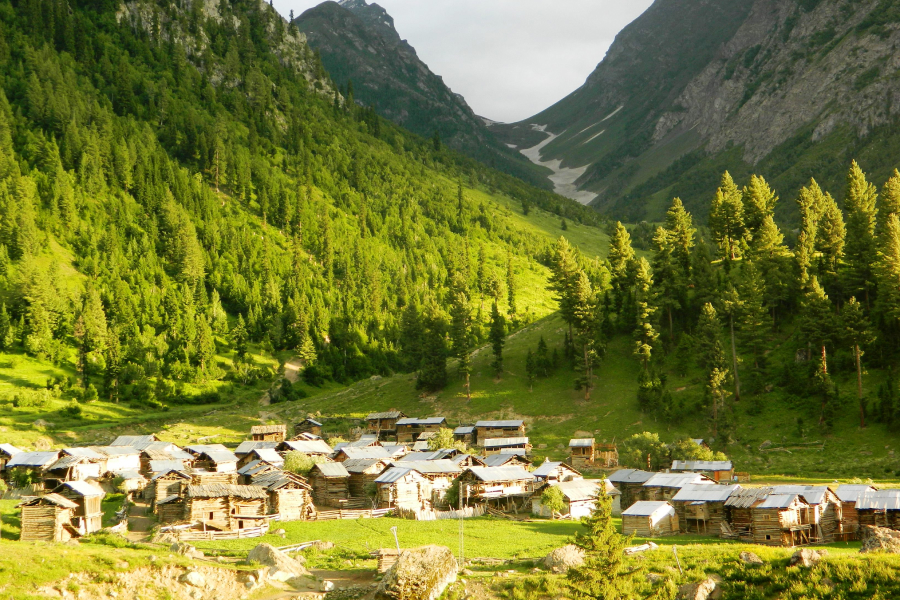
The Astore Valley is home to a rich cultural heritage with a diverse population, including the Shina, Wakhi, and Burusho people. These communities have a deep connection to the land and have preserved their traditional life for centuries.
A Glimpse into the Valley’s Past:
Astore Valley is also home to several historical and archaeological sites, including the ruins of ancient forts and Buddhist stupas. These sites provide a fascinating glimpse into the valley’s rich past.
A Destination for All:
Whether you’re a seasoned mountaineer or a nature enthusiast, the Astore Valley has something to offer everyone. With its stunning scenery, diverse wildlife, and rich cultural heritage, Astore Valley is a truly unforgettable destination.
Unveiling Astore Valley’s Natural Wonders:
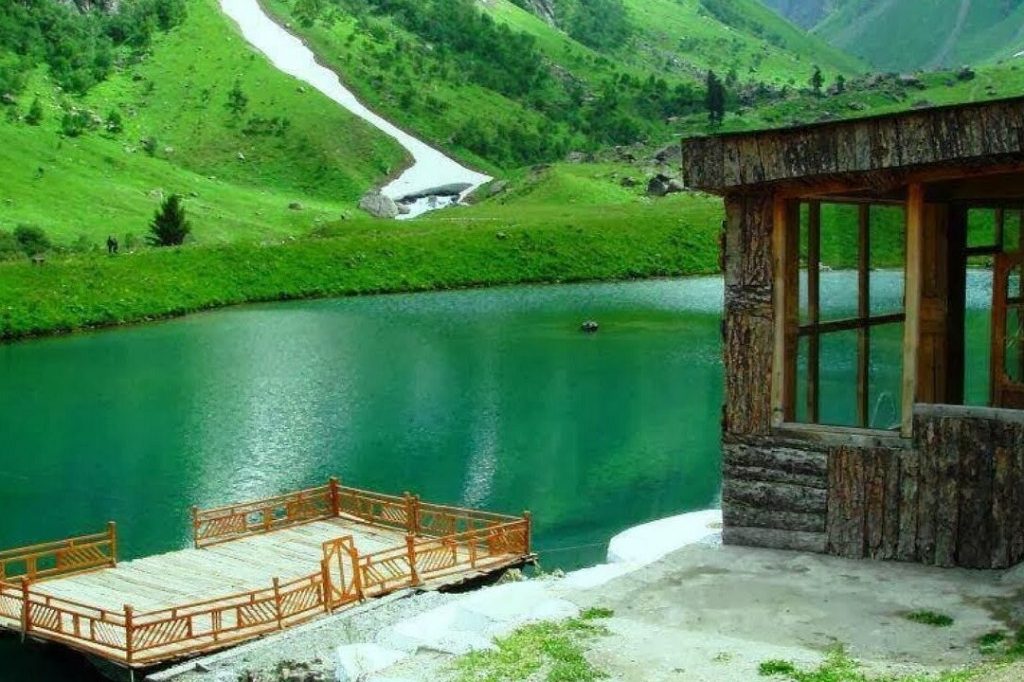
Astore Valley in Pakistan’s Gilgit-Baltistan region is a treasure trove of natural wonders, captivating visitors with its mesmerizing landscapes and diverse ecosystems. Embark on a journey through this enchanting valley and discover its hidden gems.
Serene Lakes Reflecting Heaven’s Canvas
Astore Valley is home to a mesmerizing collection of alpine lakes, each reflecting the beauty of the surrounding mountains. Ratti Gali Lake, nestled amidst lush meadows, offers breathtaking views of the Deosai Plateau. Kachura Lake, a glacial lake fed by melting ice, is renowned for its emerald-green waters.
Waterfalls Cascading Down Mountain Sides:
The valley’s waterways are a spectacle, with cascading waterfalls adorning its slopes. Kundor Waterfall, a thunderous cascade plunging into a turquoise pool, is a must-visit destination. Counter Waterfall, a series of waterfalls cascading down a rocky gorge, offers a mesmerizing spectacle.
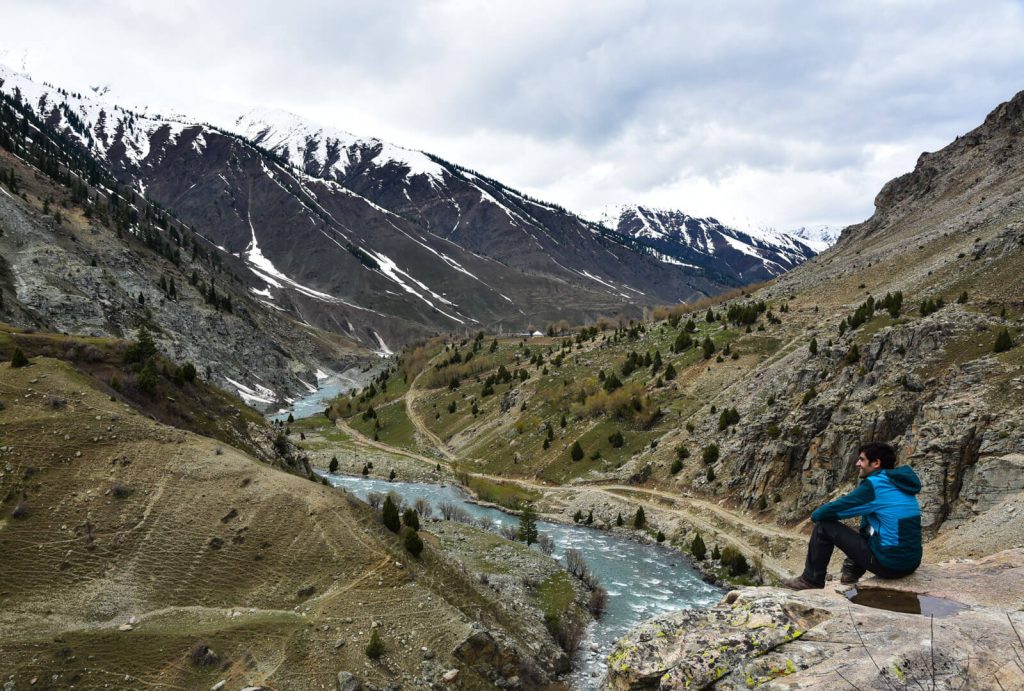
Glaciers Flowing Like Frozen Rivers:
Astore Valley is home to a vast network of glaciers, remnants of the Ice Age. Nanga Parbat Glacier, the longest in the Himalayas outside the Karakoram, is an awe-inspiring sight. Deosai Glacier, nestled amidst the Deosai Plateau, is a haven for wildlife.
Meadows Bursting with Wildflowers:
The valley’s meadows are a kaleidoscope of colors during the spring and summer, as wildflowers carpet the landscape. Deosai Plateau, a vast alpine plateau, is renowned for its wildflower meadows, while Minimarg Meadows offers a serene escape.
Diverse Wildlife Roaming the Valley:
Astore Valley is home to diverse wildlife, including elusive snow leopards, majestic ibex, and colorful birds. Deosai National Park, a protected area, is a haven for wildlife enthusiasts.
As you explore the Astore Valley’s natural wonders, let the serenity of the mountains and the beauty of the landscapes wash over you. Embrace the tranquility of this hidden paradise and discover the true essence of nature’s artistry.
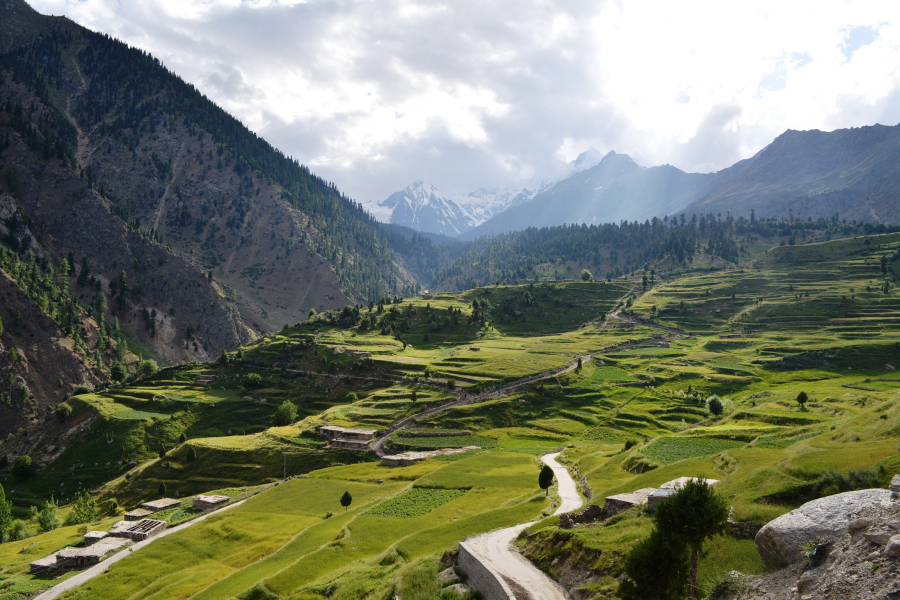
Delving into the Cultural Tapestry of Astore Valley:
Astore Valley in Pakistan’s Gilgit-Baltistan region is a haven for nature lovers and a cultural treasure trove, where the echoes of ancient traditions and vibrant customs resonate through the valley’s inhabitants. Embark on a cultural expedition and discover the rich tapestry of Astore Valley’s heritage.
Shina Heritage: Preserving Traditions
The Shina people, the predominant inhabitants of Astore Valley, have preserved their unique cultural heritage for centuries. Their traditions are deeply rooted in the valley’s environment. They are evident in their traditional attire, intricate embroidery and jewelry, and musical folk music, accompanied by instruments like the rabab and surnai.
Wakhi Communities: Embracing Hospitality
The Wakhi people are known for their warm hospitality and nomadic lifestyle, reside in the remote corners of Astore Valley. Their culture is characterized by their distinct language, Wakhi, and their traditional attire, featuring long robes and colorful headgear.
Burusho Legacy: Traces of Ancient Civilizations
The Burusho people, descendants of the ancient Dardic tribes, have left an indelible mark on Astore Valley’s history. Their cultural legacy is evident in the ruins of old forts, such as the Trak Thok Fort and the remnants of Buddhist stupas scattered across the valley.
Festivals: A Window into Local Customs
Astore Valley’s vibrant festivals glimpse the valley’s rich cultural tapestry. The annual Shina Cultural Festival showcases traditional music, dance, and handicrafts. At the same time, the Naltar Festival celebrates the beauty of the Naltar Valley.
Village Life: A Glimpse into Authenticity
The villages of Astore Valley offer an authentic experience of local life. Visitors can witness traditional farming practices, savor the flavors of local cuisine, and engage in heartfelt conversations with the hospitable villagers. As you delve into the cultural tapestry of Astore Valley, embrace the warmth of its people, appreciate the preservation of their traditions, and discover the unique identity that shapes this enchanting destination.
Unveiling Astore Valley’s Adventure Trails Astore Valley in Pakistan’s Gilgit-Baltistan region is a haven for adventure enthusiasts, offering a diverse range of trekking and mountaineering trails that lead to some of the most spectacular peaks in the world. Prepare to embark on an exhilarating journey through the valley’s breathtaking landscapes and discover the thrill of exploration.
Nanga Parbat: The King of Mountains Nanga Parbat, the ninth-highest mountain in the world, stands as an iconic symbol of Astore Valley’s mountaineering prowess. The Diamir Base Camp Trek offers a challenging yet rewarding experience, leading trekkers to the base of this majestic peak.
Deosai Plateau: A Serene Wilderness The Deosai Plateau, a vast expanse of alpine meadows, is a paradise for trekkers and nature lovers. The Deosai National Park Trek takes you through wildflowers, glaciers, and serene lakes.
Paiju Peak: A Majestic Summit Paiju Peak, a challenging yet rewarding climb, offers stunning views of the surrounding mountains and the Deosai Plateau. The Paiju Peak Trek is suitable for experienced mountaineers.
Naltar Valley: A Hidden Gem The Naltar Valley, a secluded paradise, is home to lush forests, cascading waterfalls, and enchanting meadows. The Naltar Valley Trek provides a tranquil escape from the crowds.
Shounter Valley: A Glacier-Carved Beauty The Shounter Valley, carved by glaciers and adorned with waterfalls, offers a mesmerizing trek. The Shounter Valley Trek takes you through towering peaks, glaciers, and turquoise lakes.
As you navigate the adventure trails of Astore Valley, embrace the challenges, cherish the breathtaking views, and discover the thrill of exploring one of the world’s most enchanting mountain destinations.
More Info:
You can also check A Complete Travel Guide to Astore Valley Gilgit Pakistan for further detail.

